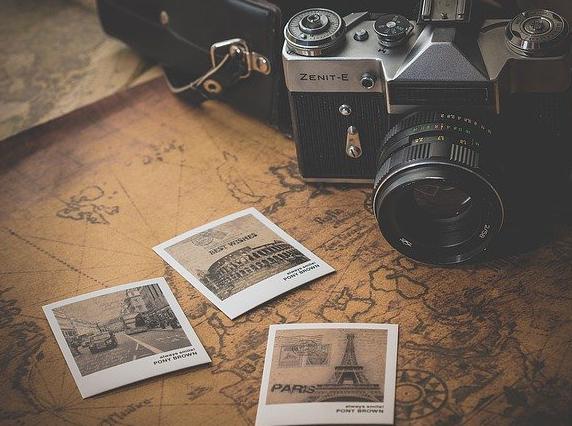Notifications

5 minutes, 36 seconds
-6 Views 0 Comments 0 Likes 0 Reviews

Contrast and tone are fundamental elements of black and white photography, and mastering them in the darkroom is key to creating impactful prints. Understanding how these elements interact and how to control them allows you to transform your negatives into stunning images that reflect your artistic vision.
What is Contrast?
Contrast refers to the difference in brightness between the lightest and darkest areas of your print. A high-contrast print has deep blacks, bright whites, and few mid-tones, resulting in a dramatic and graphic look. A low-contrast print has a narrower range of tones, appearing more gray overall, with subtle gradations.
How to Control Contrast:
In the darkroom, contrast is primarily controlled by the grade of your printing paper (or the use of variable contrast filters with multigrade paper).
Choosing the Right Contrast:
The "ideal" contrast is subjective and depends on the image and your artistic intent. However, here are some general guidelines:
What is Tone?
Tone refers to the range of gray values between pure black and pure white in your print. It's the subtle gradations that give your images depth and dimension. A print with a full tonal range has smooth transitions between light and dark areas, while a print with a limited tonal range may appear flat or lifeless.
How to Control Tone:
While contrast primarily affects the extremes of the tonal range (blacks and whites), tone is influenced by several factors:
The Relationship Between Contrast and Tone:
Contrast and tone are interconnected. Changing the contrast will also affect the distribution of tones in your print. For example, increasing contrast will make the blacks darker and the whites brighter, but it may also reduce the number of mid-tones. Finding the right balance between contrast and tone is essential for creating a visually appealing print.
Practical Tips for Working with Contrast and Tone:
Mastering contrast and tone in the Darkroom Printing is a rewarding journey that allows you to express your creative vision through your prints. By understanding these fundamental elements and practicing regularly, you can unlock the full potential of your negatives and create truly stunning black and white photographs.

